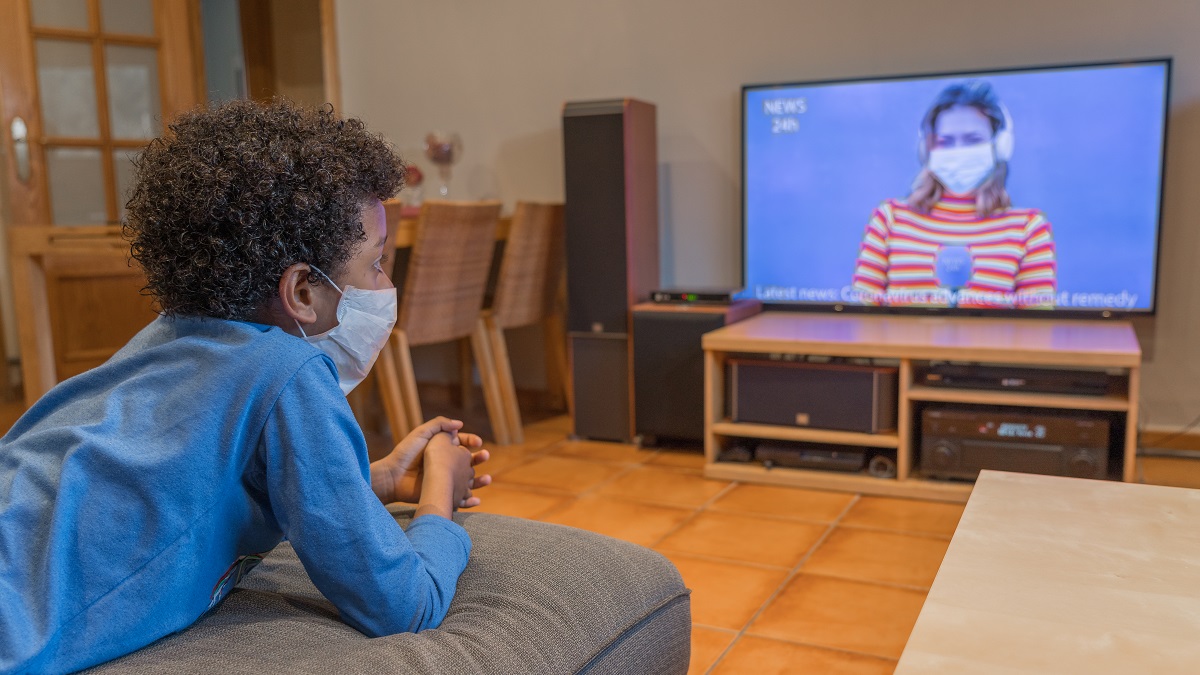By Lucie Cerna
Analyst, OECD Directorate for Education and Skills
The current coronavirus (COVID-19) crisis is having a profound impact, not only on people’s health, but also on how they learn, work and live. Among the most important challenges created by COVID-19 is how to replace a system of education built around physical schools. As of today, 191 countries, encompassing around 91% of enrolled learners worldwide, have closed their schools to try to contain the spread of the virus. School closures will have a very real impact on all students, but especially on the most vulnerable. Children and youth from low-income and single-parent families; immigrant, refugee, ethnic minority and indigenous backgrounds; and those with special education needs will suffer by being deprived of physical learning opportunities, social and emotional support available in schools and extra services such as school meals. They risk falling further behind and becoming isolated with school doors closed.
A holistic approach to education in times of crisis
A holistic approach to education – that addresses students’ learning, social and emotional needs – is crucial, especially in times of crisis. Current school closures mean the most vulnerable students are less likely to receive the support and extra services they need, and the gap between vulnerable and other students might widen. Closures can also have considerable effects on students’ sense of belonging to schools and their feelings of self-worth – these are key for inclusion in education.
During the coronavirus crisis, many countries are using digital pedagogical tools and virtual exchanges between students and their teacher or classmates to deliver education. While the most vulnerable students might not have access to digital learning resources, some governments and civil society organisations have provided these students with computers or tablets as well as internet access, or they have organised teaching through television, phones or radio. For example, in New Zealand, a new online learning space, hard copy learning packs and special television programmes are being offered to reach all learners.
Countries such as Australia provide useful insights into equitable and inclusive access to digital learning resources and effective distance education. The state of New South Wales has a long-standing practice of using technology to offer real-time distance teaching sessions through video conference lessons, phone lessons, satellite lessons and virtual excursions. It also offers non-real-time teaching practices (e-mail and online learning management systems, such as Moodle) to students in remote regions who would otherwise be excluded from learning.
However, some students, such as those with special education needs, may have more difficulty to follow learning remotely. Resources to mitigate these difficulties include: applications to make the curriculum more engaging (for students with Attention-Deficit Hyperactivity Disorder, for example); the provision of subtitles for pre-recorded classroom videos and remote live captioning (for hearing-impaired students); digital textbooks or different software (for dyslexic students); educational learning material for parents and communities (for autistic students); and the use of teaching assistants supporting individual students with their lessons.
A holistic approach to education – that addresses students’ learning, social and emotional needs – is crucial, especially in times of crisis.
Ensuring that students’ social and emotional needs are being met and that the most vulnerable continue to receive extra services are also challenges for governments and schools. Students’ sense of belonging to the school community may be lost unless they can keep in touch for learning, but also social activities, such as virtual games and reading buddies, via online resources like Zoom. Furthermore, access to social and medical services and counselling may no longer be available in person. To address this, the American School Counsellor Association is offering advice to schools about online counselling and other services during the COVID-19 related school closures. Kids Help Phone in Canada offers e-mental health services to children, while school psychologists and counsellors in Finland can be reached on line or through in-person meetings (with safety precautions) if necessary. Autism Spectrum Australia is offering online diagnostic assessments and teletherapy for affected students.
Students who usually benefit from school meals will also suffer from school closures. That is why some governments or school districts are offering vouchers, food or meals, to affected families. This is often done in collaboration with civil society organisations. The Oakland Unified School District in the United States is offering “grab and go” breakfast and lunch meals to the most vulnerable students and is supported by foundations such as eat.learn.play.
Promoting partnerships and school-based interventions
A holistic approach to education requires that governments work in partnership with other relevant agencies such as health and community organisations, social work agencies and other support services to address the complex needs of the most vulnerable students during and after the coronavirus crisis.
In the medium term, schools will need to help students catch up on missed learning. Some practices that have been developed to help refugees to catch-up in their education, including bridging or accelerated education programmes, could also support the learning needs of other vulnerable student populations.
However, the long-term social and emotional impacts on students may be the most lasting legacy of the COVID-19 crisis. Considerable joint efforts by school leaders, teachers, parents, students, educational and health care professionals, and communities will be needed to (re-)create schools as safe, supportive and inclusive places for all students.
Read more:
- Coronavirus and the future of learning: Towards a new EdTech industry?
- Coronavirus and the future of learning: What AI could have made possible
- During the coronavirus crisis, children need books more than ever!
- Education disrupted – education rebuilt: Some insights from PISA on the availability and use of digital tools for learning
- How can teachers and school systems respond to the COVID-19 pandemic? Some lessons from TALIS
- Strength through Diversity Project
- A framework to guide an education response to the COVID-19 pandemic of 2020
- The OECD coronavirus (COVID-19) policy hub


